Italy's diverse regions offer a very wide range of options for would-be property buyers. And of course, prices vary greatly, too.
While some of the highest prices are commanded in big cities like Rome or Milan, it may come as a surprise to find that some sought-after northern rural areas are just as expensive.
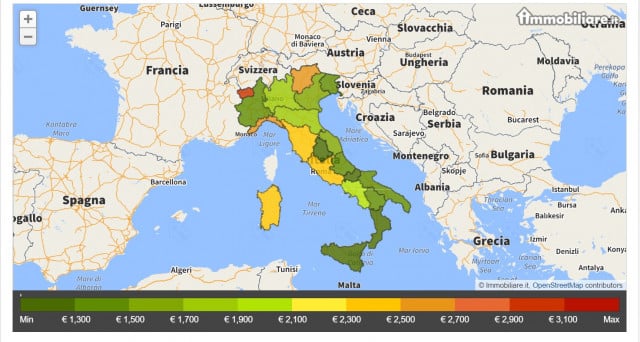 A map created by home search website Immobiliare.it shows how prices per square metre vary across Italy's regions. Screenshot: Immobiliare.it
A map created by home search website Immobiliare.it shows how prices per square metre vary across Italy's regions. Screenshot: Immobiliare.it
The average price per square metre in the Val d'Aosta region is €2,993. At the other end of the scale, property in Molise sells for an average of €1,017 per square metre, according to the latest figures from home search website immobiliare.it.
To get an idea of what these variations look like in real terms, we've rounded up some of the best properties on the market across Italy for a budget of €500,000.
While you can find a wide variety of homes for sale in most regions, here are just a few examples of the most typical properties you could buy in different Italian regions for around the same price as the average one-bedroomed London flat.
Which would you choose?
Tuscany
Renovated farmhouse in Cortona, Tuscany: €450,000, 120sqm.
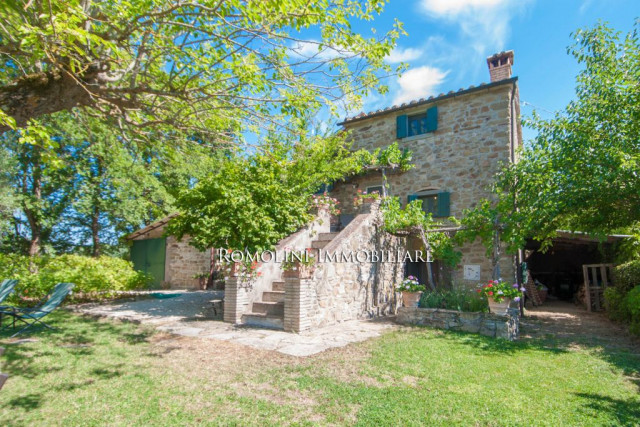
Photo: Romolini Immobiliare
Tuscany is famously pricier than many other regions due to its fame and desirability among second-home owners. But there are still sensible prices to be found – particularly in areas further from Florence, like Cortona in eastern Tuscany. The area is an expat favourite thanks to the “Under the Tuscan Sun” effect – Frances Meyes' legendary book was set in Cortona. But this also means there are now plenty of comfortable, characterful and well-renovated homes on the market.
This renovated five-bedroom stone farmhouse comes with five hectares of land. It also has a garden, pool, and even its own tiny chapel, along with views over the Val di Chiana. See the listing here.
Lake Como
Casa Linda apartment in Menaggio, Lake Como: €480.000, 60 sqm.
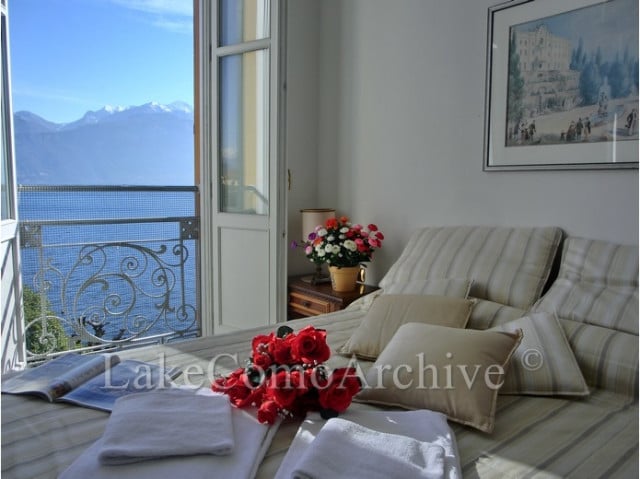
Photo: Gate-away.com
These enviable lakefront views are yours if you don't mind downsizing. Lake Como is unsurprisingly a very expensive area, but on the upside, properties here are stylish and usually kept in excellent condition.
Casa Linda is a one-bedroom lakeside holiday apartment with balcony and air conditoning. There's a sofa bed in the living room and a shared garden with direct access to the lake. See the listing here
Le Marche
Casa Tranquila, Loro Piceno, Marche. €449,000, 250 sqm.
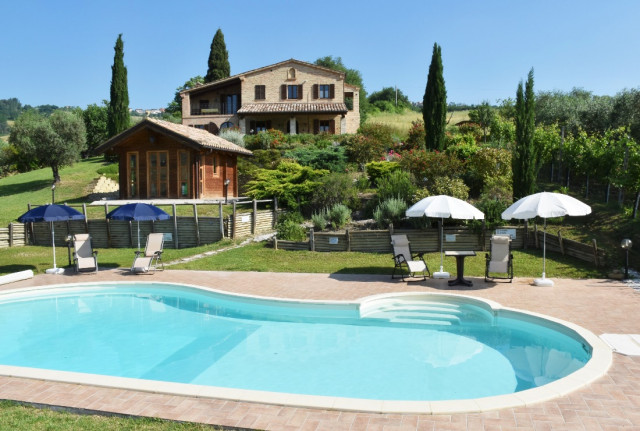
Photo: Magic Marche
With its incredible rolling landscapes, proximity to both sea and mountains, and refreshing lack of mass tourism, Marche is a popular destination for foreign buyers looking for a slice of “authentic” Italian life. The region has a large number of characteristic properties for sale, both in need of renovation or being sold on by owners who have lovingly restored them. And many are incredibly good value for money.
One example is this 19th-century farmhouse, renovated to a high standard and with stunning views of the surrounding countryside. It has been converted into two apartments and includes a pool, summer house, and even a piece of land with 25 olive trees. See the listing here
Puglia
Beach villa in Capitolo, Puglia: €480.000, 125sqm.
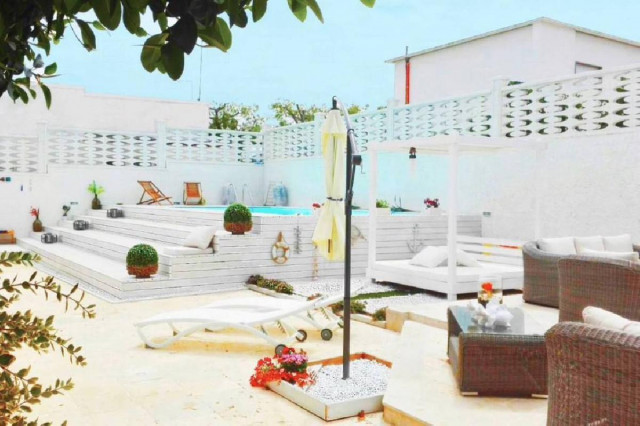
Photo: Gate-away.com
Puglia has a large number of luxury properties for sale. Lower-priced housing stock in this popular summer holiday region is often bought up by developers and turned into accomodation, leaving those looking for a low- to mid-priced property with fewer appealing options than you might find in other rural regions.
One interesting option is this modern, three-bedroomed villa. Located in the Monopoli area, it has a large, shaded outdoor area with jacuzzi and wooden decking, and an open-plan living area with plenty of natural light. See the listing here.
Rome
Apartment near Piazza del Grillo, Rome: €495.000. 113 sqm.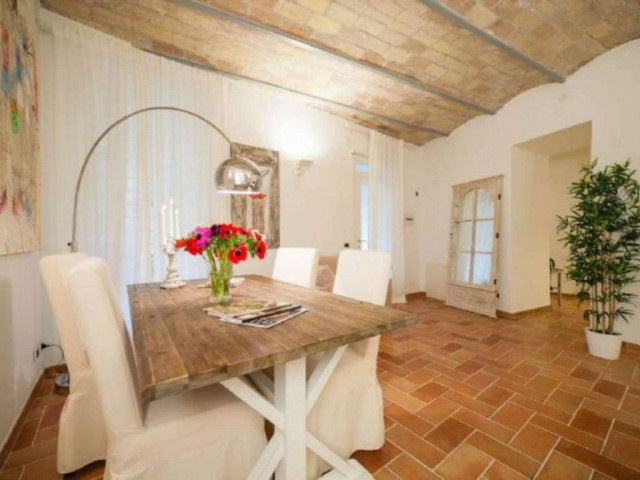
Photo: immobiliare.it
Can you imagine living right next to the Roman Forum? You could, for a price. This furnished, renovated one-bedroom apartment on the first floor of a period building is for sale.
The agent suggests it as an investment or holiday let – the proliferation of which is one major reason why tiny apartments in the capital are so expensive. It should be noted that for apartments like these condominium fees usually apply – this time of €150.00 per month. See the listing here.
Milan
Studio apartment on Via San Gallo, Milan. € 495.000, 80 sqm.
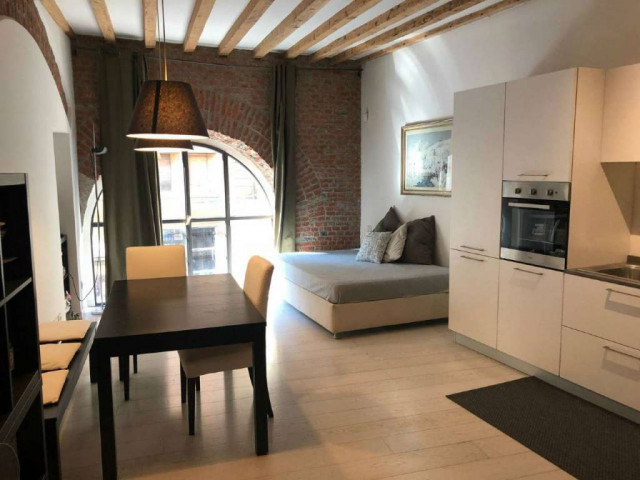
Photo: immobiliare.it
Central Milan is one of the most expensive places to buy property in Italy. If you're looking for a chic city-centre apartment here, you can't get more central than this studio loft apartment in the old town, near the Duomo.
Made up of a main kitchen/living/bedroom, small hallway and bathroom, it has been recently renovated, with exposed beams and, importantly in an Italian apartment building, independently-controlled heating. The location and public transport links make even a small space like this hghly sought after. See the listing here.
Val D'Aosta
Apartment in Pré-Saint-Didier. €475.000, 60 sqm.
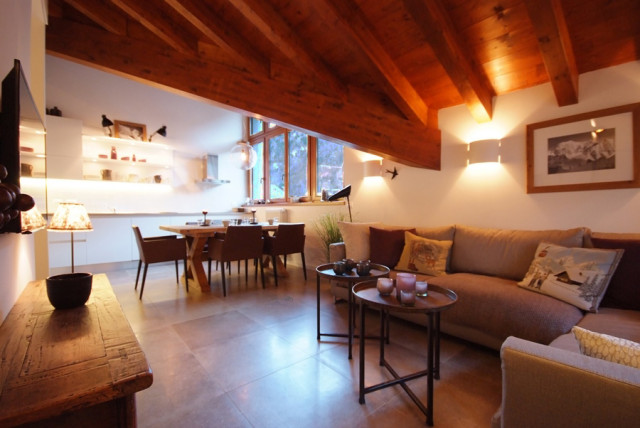
Photo: immobiliare.it
In Italy's most expensive region for property buyers, one option is this small but luxurious mountain retreat with priceless views. Part of a mountain cottage, the two-bedroom ground floor apartment has panoramic views and a small private lawn and terrace with views of Mont Blanc. See the full listing here.
Sicily
Villa in the Egadi Islands, Sicily. €500,000. 320 sqm.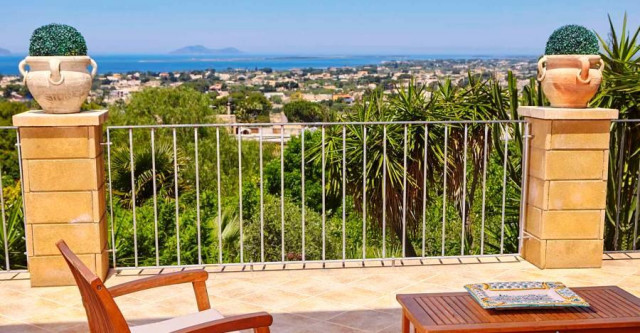
Photo: Gate-away.com
Property in sunny Sicily is on the cheaper end of the scale and there are some real bargains to be had, often right by the sea. House prices in the south of Italy tend to be heavily negotiable and this property is no exception.
This vast, stately villa on the sun-soaked Egadi islands is four kilometres from the beach. It has five bedrooms, a large pool, several terraces, and 2000 square metres of garden filled with exotic fruit trees. There's a a gazebo, a pizza oven, and even a bowling green, because who doesn't need one of those? See the listing here.
READ ALSO:

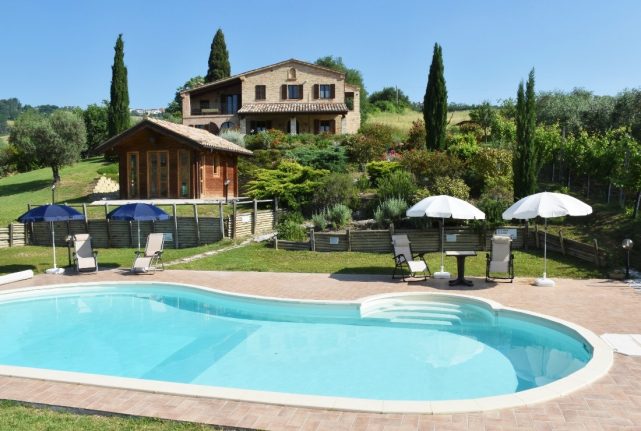

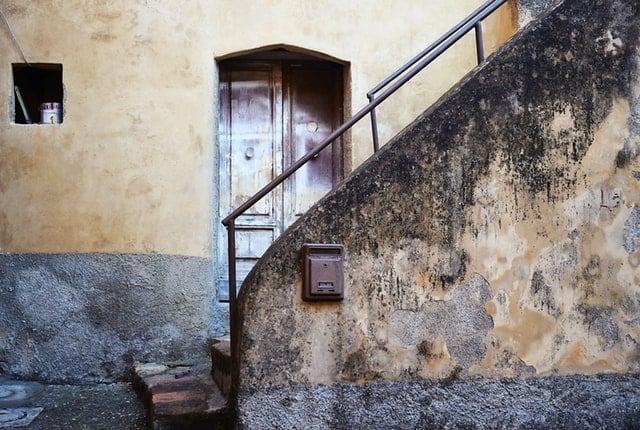
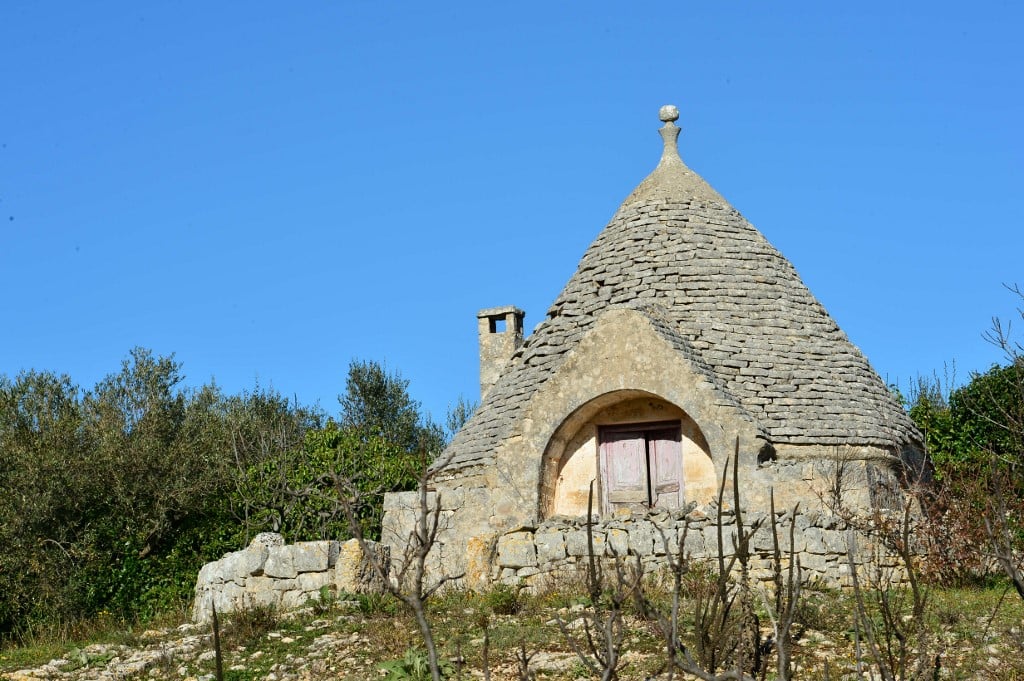
 Please whitelist us to continue reading.
Please whitelist us to continue reading.
The last property is not ON one of the Egadi islands, but is in Marsala with a VIEW of the Egadi islands.